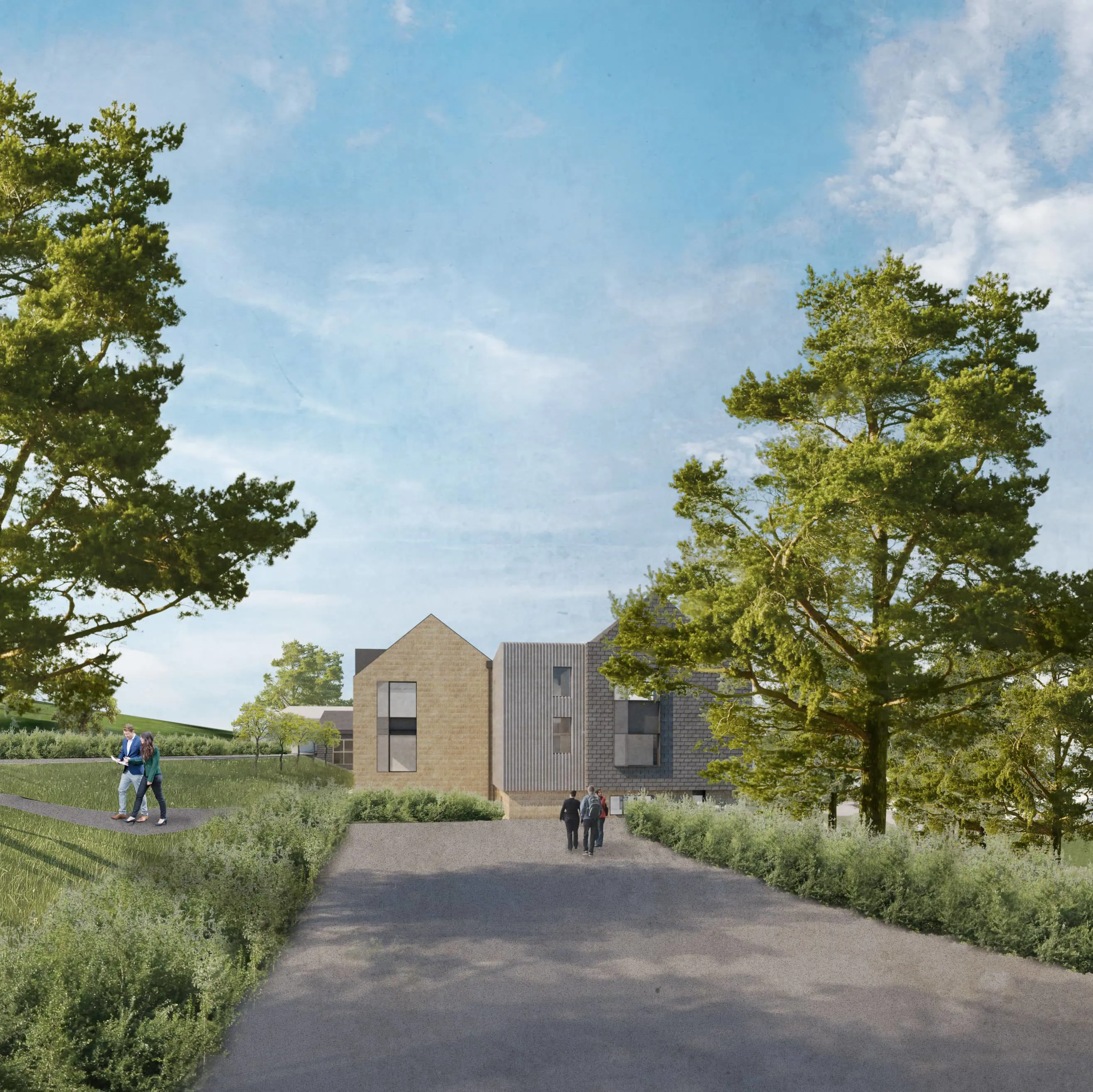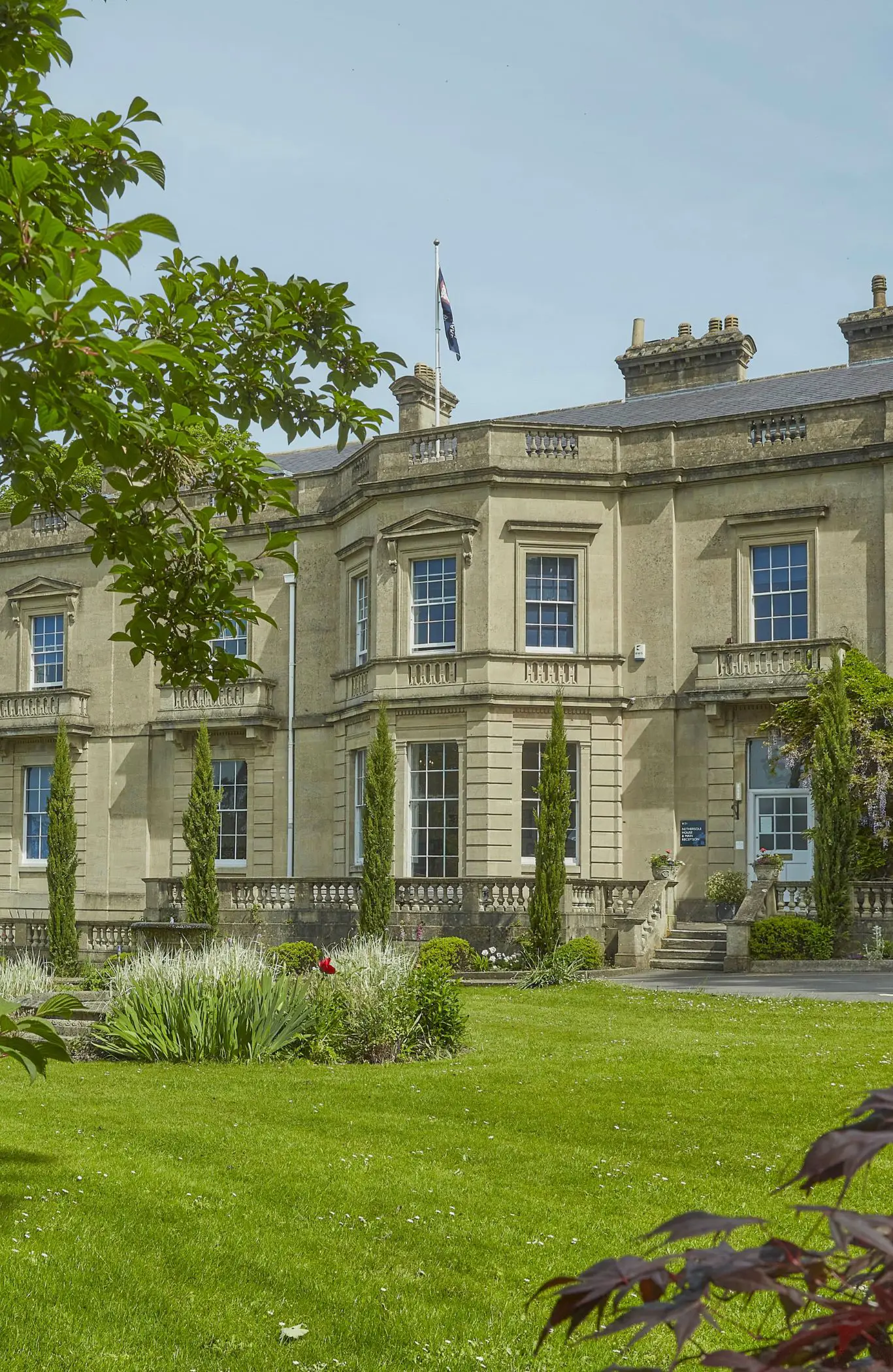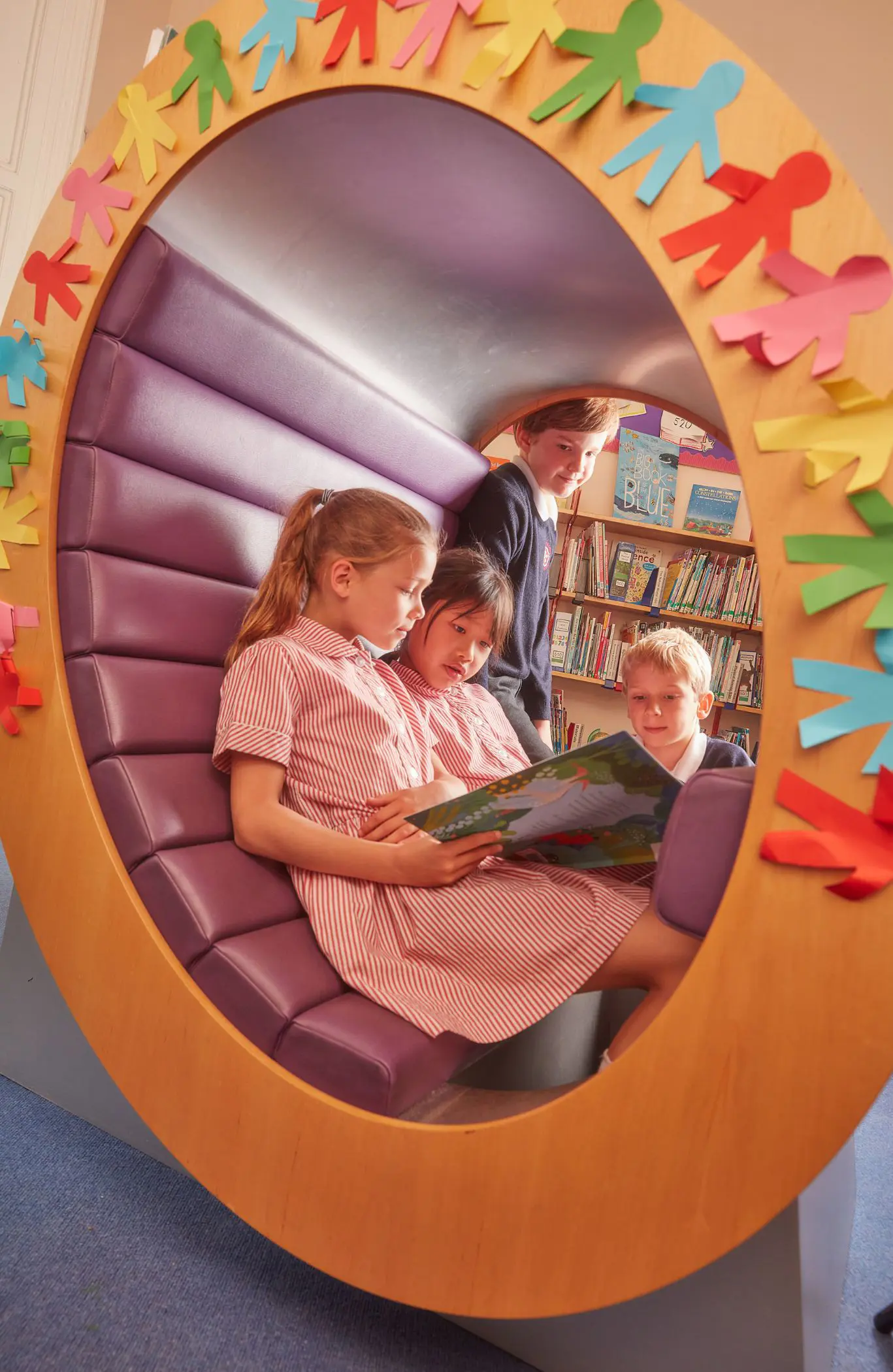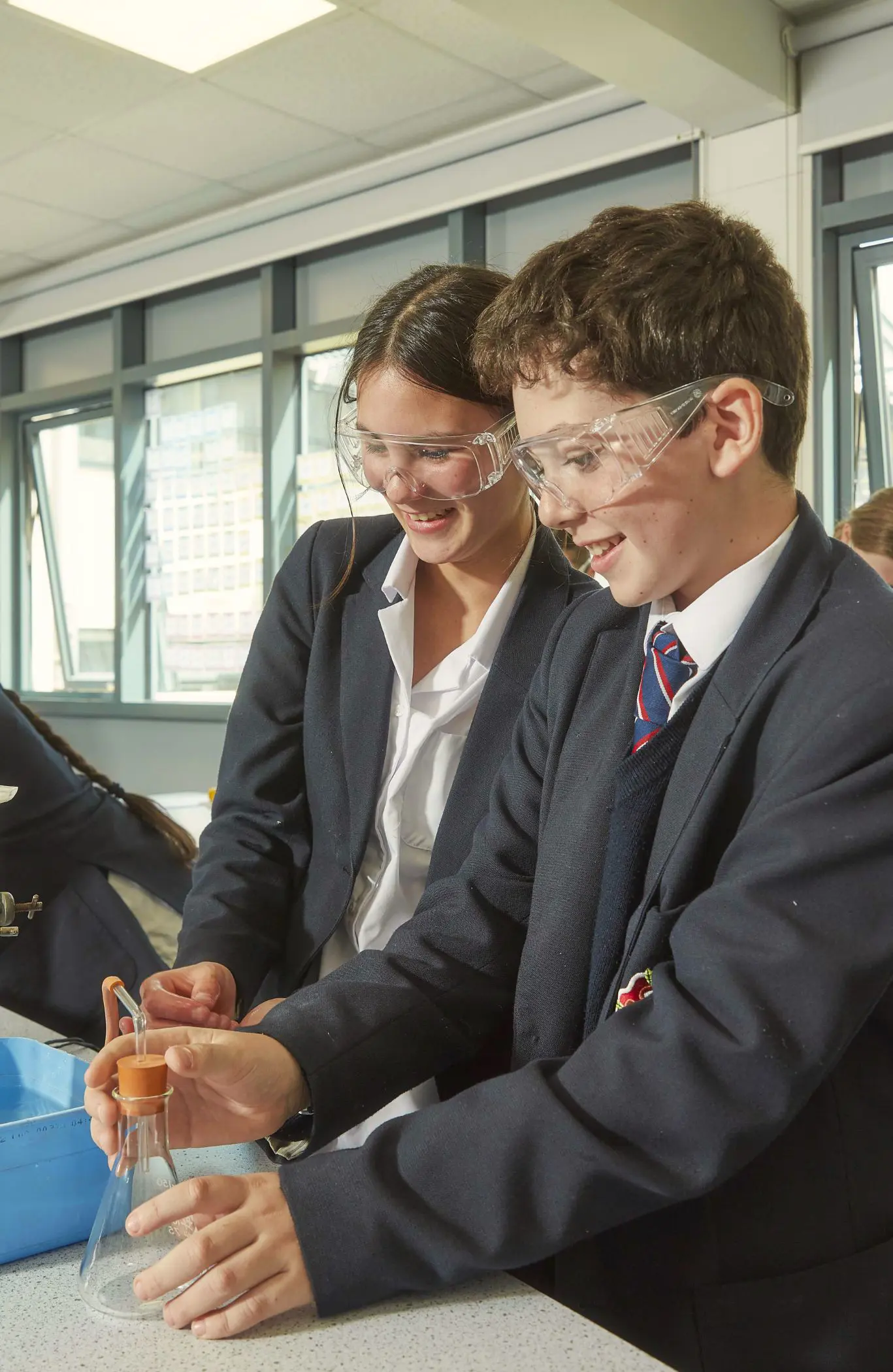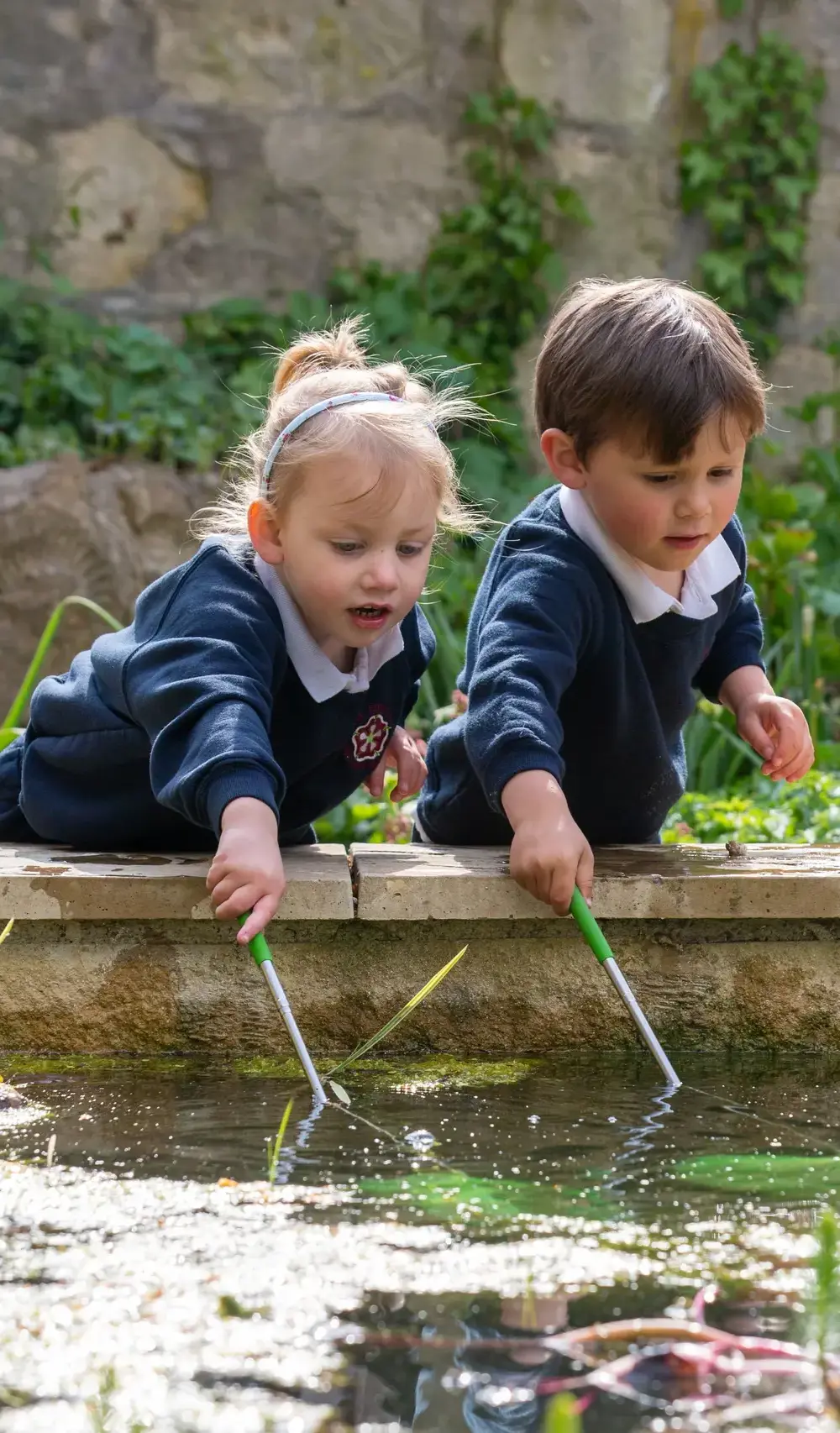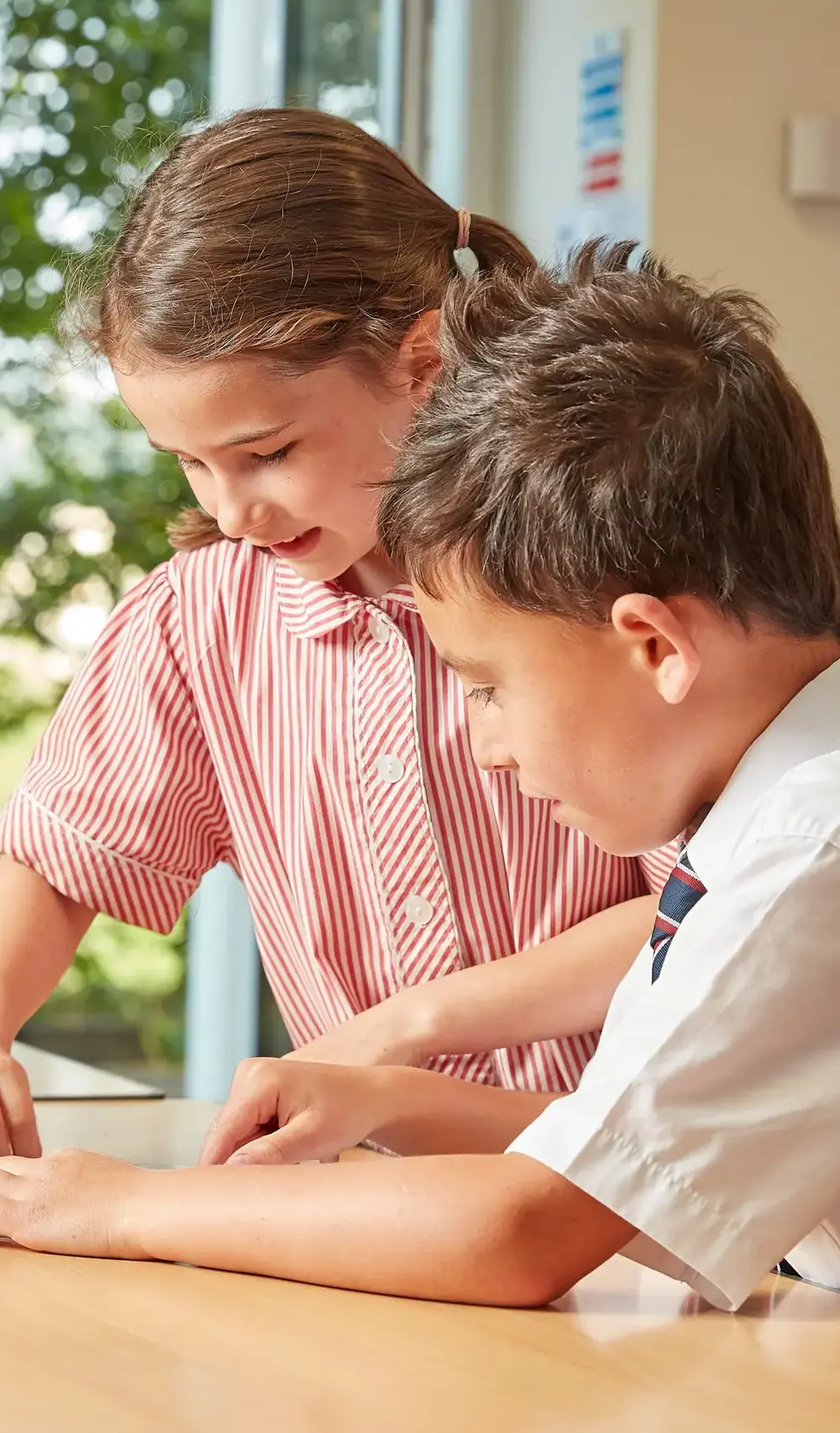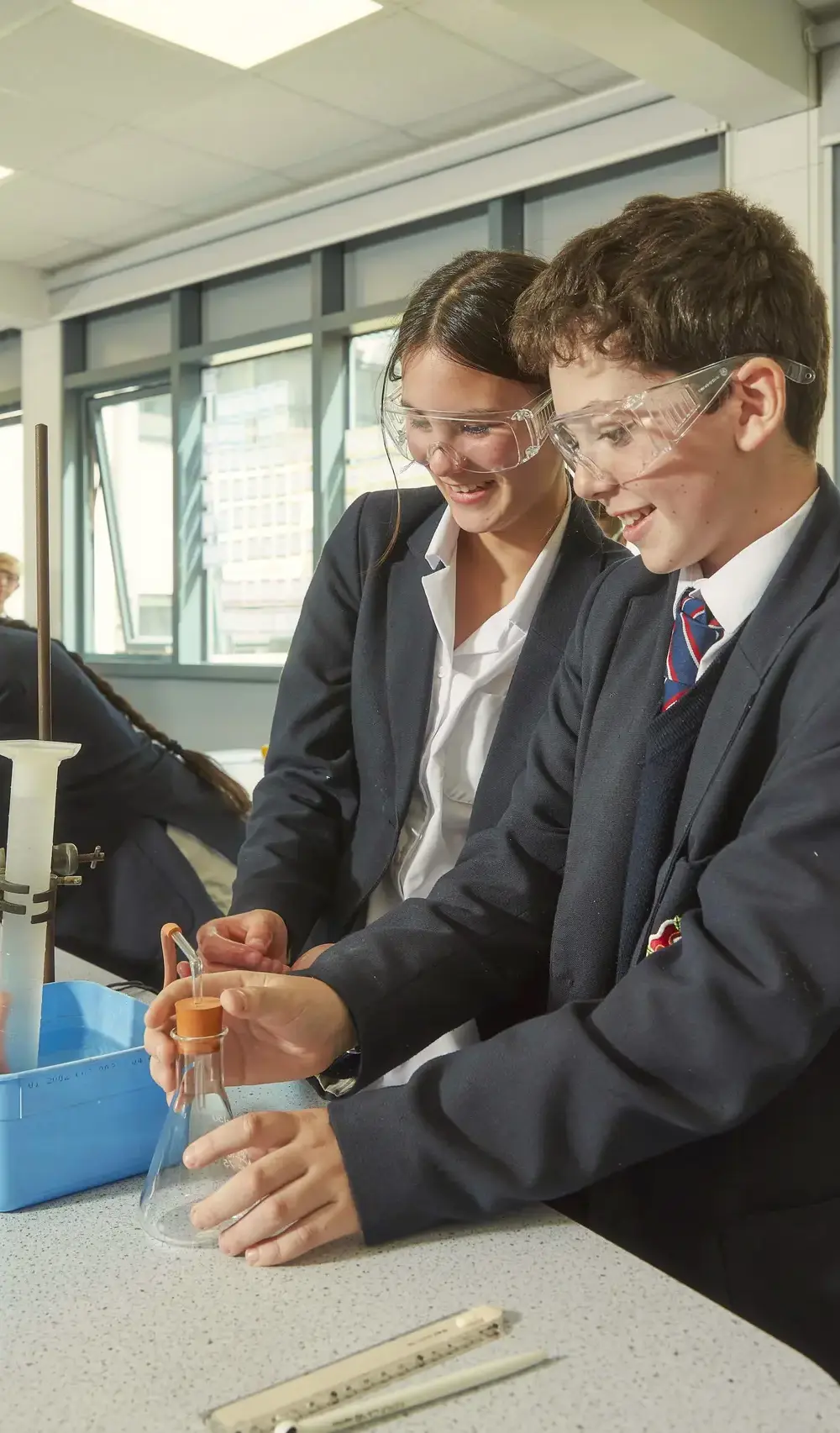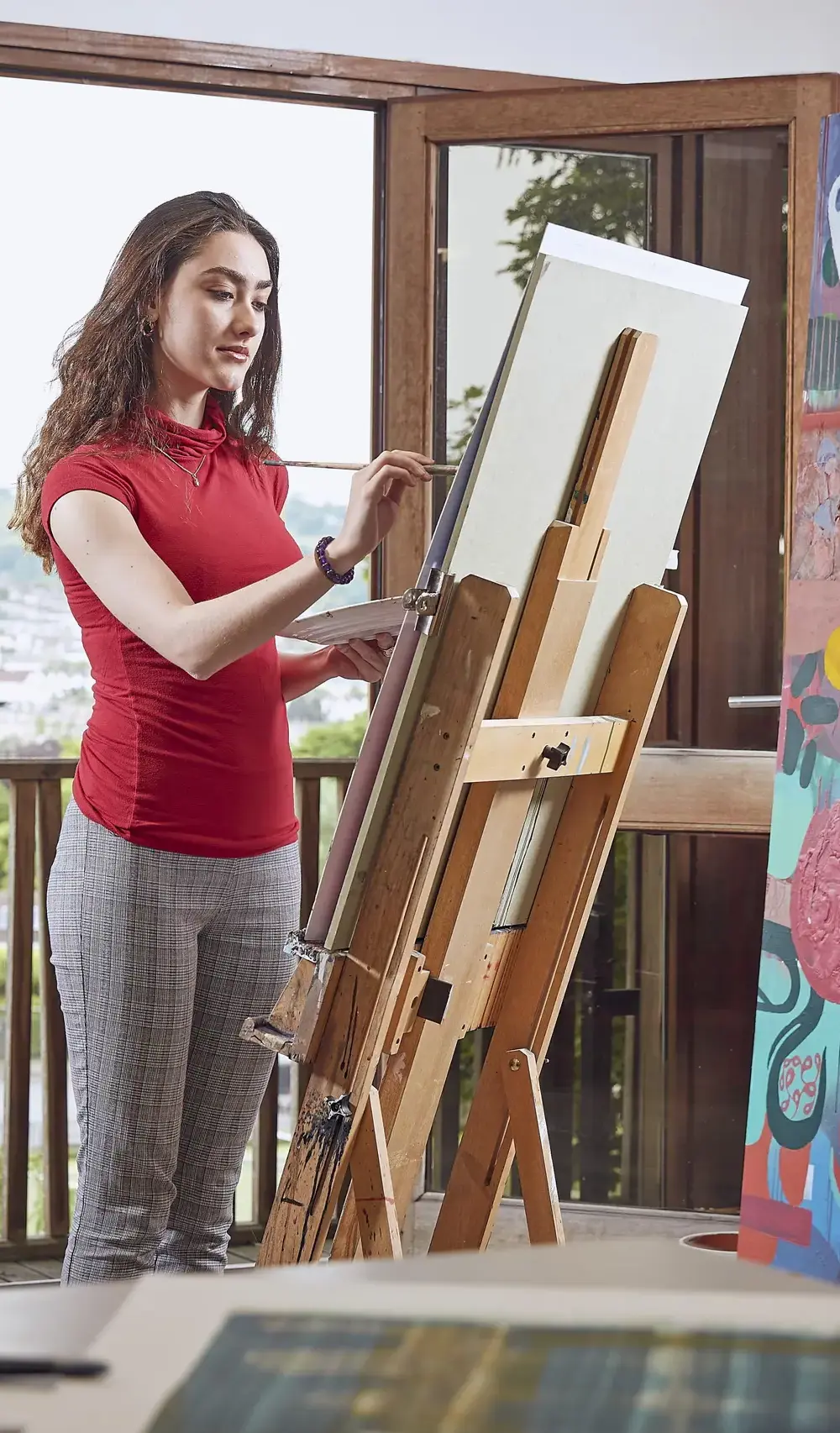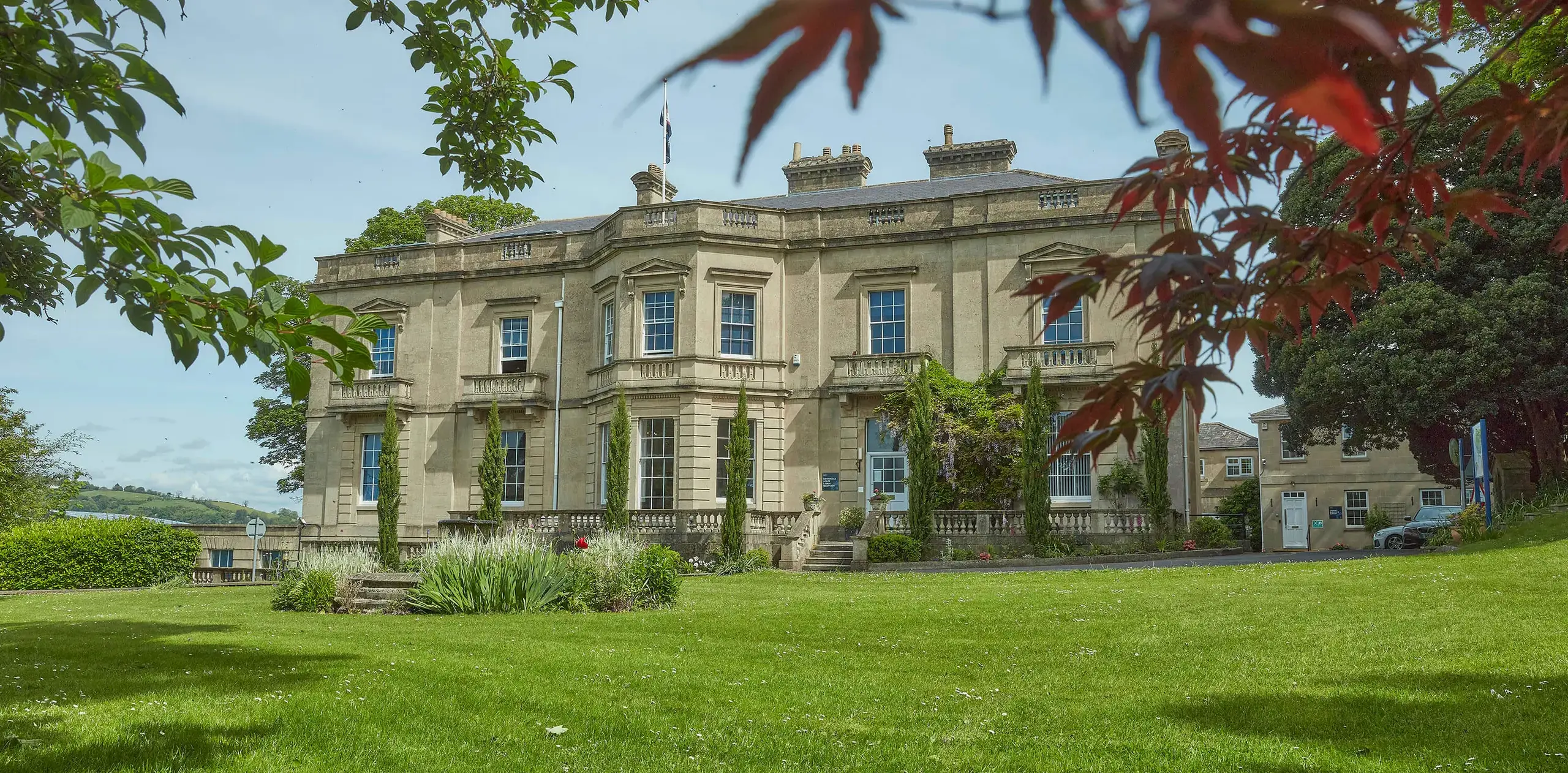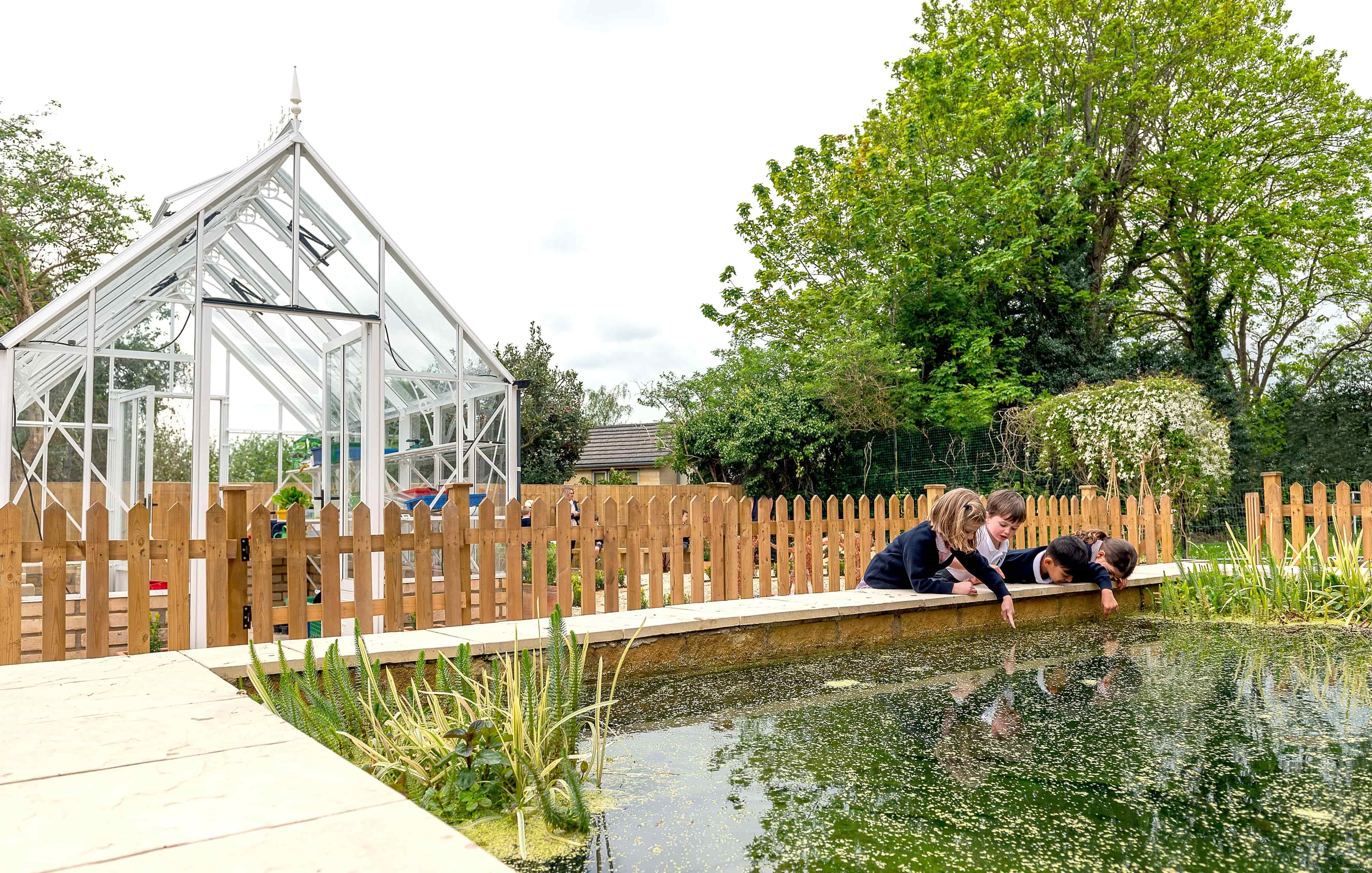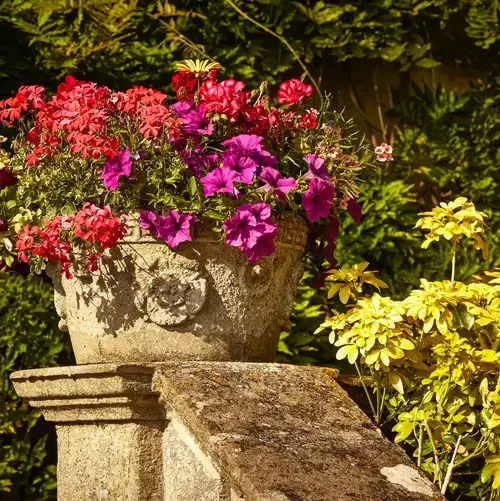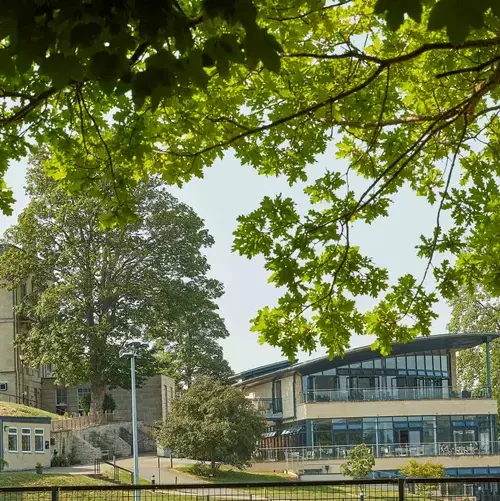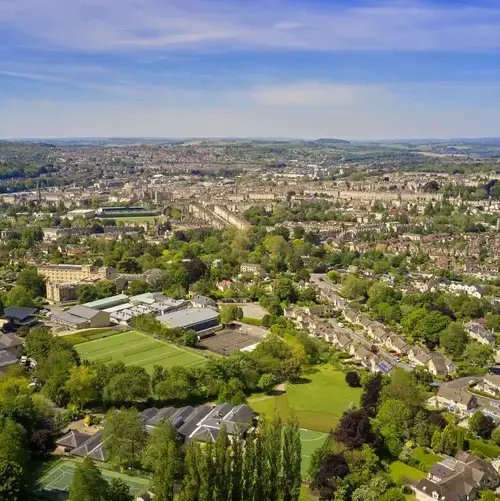 Works Starts on a New Academic and Pastoral Building
Works Starts on a New Academic and Pastoral Building
We are delighted to have secured approval for the construction of a new Academic and Pastoral Building, which marks the third major capital programme of the School's 2022 Estates Masterplan and which follows the successful completion of the expansion and refurbishment of the Senior School's Science Laboratories (Summer 2022) and the opening, last term, of the School's new gym in the Rutherford Sports Hall.
Construction work for the new building will begin on Monday 13th May 2024, with a provisional opening date of the start of the Autumn Term, 2025.
The new Academic & Pastoral Building has been designed by local architects, Mitchell Eley Gould, and is a three-storey building accommodating 14 classrooms with associated pastoral spaces, offices and toilets. Connected to the Modern Foreign Languages Building and the Holbeche Centre, the new building will replace G Block on the east of the Senior School site and, upon completion, will enable the School to remove both the temporary classrooms by the netball courts and the covered locker area between 'B' and 'Q' Blocks. It will also enable the School to adopt a full suiting of Academic Departments across the School site and enable all year groups to have their form rooms located in close proximity to their Heads of Years.
The building is arranged with a central circulation spine with plenty of seating spaces and lockers. The classrooms are accessed from both sides of the spine, providing maximum natural light to each classroom and capturing views across the City to the west and the National Trust land to the east. The landscaped areas incorporated around the building’s plinth feature planting, seating spaces and ramped access which will also enhance the School’s outdoor social space and improve accessibility.
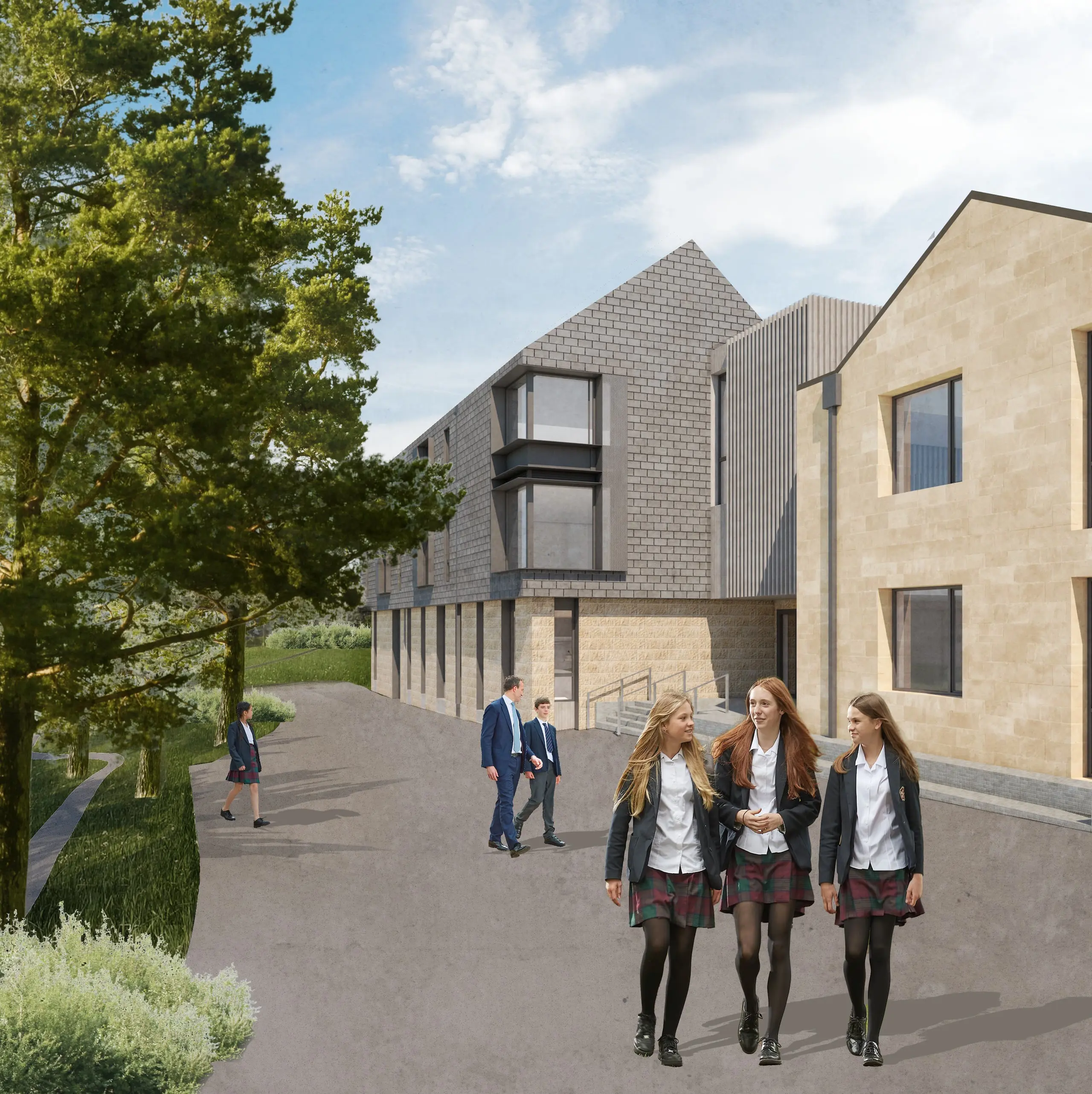
A Sustainable Design
The School has ambitious plans with regard to its sustainability and is working hard to be Bath's Greenest School. We have sought to ensure that these aspirations have been reflected in this new building, which has been designed to be net zero carbon in operation.
The materials for the building have been chosen to minimise embodied carbon. The building has a predominantly timber frame structure, which minimises its embodied carbon when compared to concrete or steel frame construction. Its lightweight nature reduces the amount of substructure required, creating carbon savings in the ground too. Steels from the demolished G Block will be reused in the new building where possible.
The building will feature a high-performance thermal envelope with well insulated walls, roofs, floors and thermally broken glazing, achieving better insulative values than the building regulation requirement. The windows have deep reveals to minimise overheating and excessive solar gain in summer, but take advantage of passive heating through solar gains in winter. This means the heating and cooling demand for the building will be very low.
On cold days when the building does needs heating, a low-temperature hot water system is driven by air source heat pumps. Hot water will be electrically heated at the point of use when needed. This is a low energy, fossil fuel free system. The roof features a 64kWp Photovoltaic Panel system, covering 158m2 which, coupled with the building’s energy efficiency and high-performance thermal envelope, allows the building to generate all the energy it needs to power itself with excess.
The classrooms and offices will be naturally ventilated, with façade-based Natural Ventilation Heat Recovery systems to increase air flow when CO2 levels in the spaces rise. The system optimises air quality and thermal comfort in the classrooms for pupils’ learning and is a low energy solution. The lighting in the classrooms will be energy efficient with absence and daylight detectors to ensure conservation of energy. The lighting has also been designed to minimise light spill into the environment to minimise the risk of disturbing foraging bats, while providing good lighting at desk level for learning.
New tree planting behind the building on the eastern boundary will enhance nesting opportunities for birds and sparrow boxes and bat boxes will be included on the building’s façade.
Commenting on the new Academic & Pastoral Building's design, Rob Mitchell from Mitchell Eley Gould said "As the project architects, we were set a clear brief by the School to ensure that sustainability sat at the heart of the building's design and future operation. We have not only engaged with this challenge but believe that the building is one which we can all be proud of and which clearly reflects both the School's and our own aspirations with regard to minimising the environmental impact of construction and ensuring the future sustainability of modern buildings."
